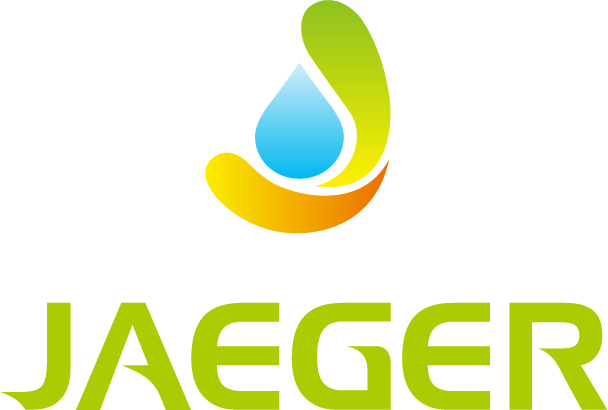Instead of printing onto individual sheets, large format digital printing involves printing onto rolls of media.
The printing machine to use here is a wide-format printer. By definition this is any machine that can take a print roll between 18” and 100” in width. Rather than print onto sheets individually, printing is carried out continuously onto these rolls.
It is a very economical way to produce prints that are only required in smaller quantities.
What sort of media can be produced with a wide format printer?
Theatrical and media sets for one thing. When you need a limited run of larger sized items, such as on a theater set or even a movie set, then a wide format printer will be involved.
Companies that have booths at trade shows will need the services of a company that provides wide format printing.
The banners, posters, and murals that will be needed to cover what are often quite large spaces, in the bigger and double-story booths anyway.
Diagrams used in architecture or by architects may need to be printed using a wide format printer.
There are fundamentally two types of wide format printer: Aqueous or Solvent.
They are classified on the type of fluid that carries the pigment onto the media being printed.
There is a common misunderstanding when it comes to “water” based carriers. The non-reactive carrier is often not water but a substitute, sometimes soy-based.
Aqueous dye inks offer a wide range of bright color choices. The disadvantage is the low UV resistance. It is also necessary to properly coat all material that use aqueous dyes to “fix” the ink.
Pigment inks are not as bright in color as aqueous inks, but are much more resistant to the effects of UV rays and fading.
Any inks that do not use “water” based carriers are Solvent inks. The “solvent” is petroleum-based or perhaps non-petroleum, such as Acetone. Prints thus produced are water-proof. The solvent softens the substrate materials allowing the pigment a degree of integration with the substrate.
Substrates that can be used in the printing process include acrylic and plexiglass, canvas, coroplast, fabric, foamboard, gatorboard, styrine, mesh, sintra, flexface, and of course vinyl.
